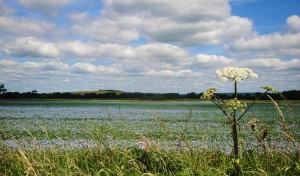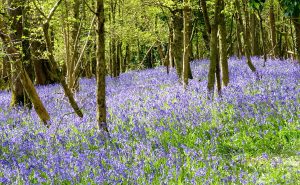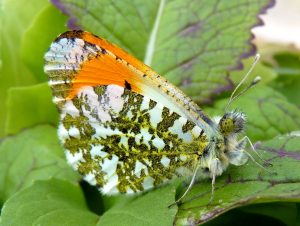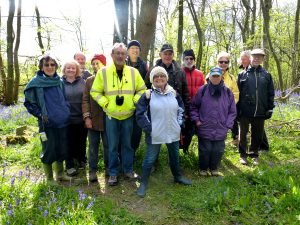Our Chairman, David Bettiss, opened the meeting with details of our Group winning ‘The Queen’s Award for Voluntary Service’, the MBE for volunteer groups. David then went on to welcome Dr Dawn Scott, Assistant Head at Brighton University, and on her second visit to us, this time to talk, in her usual enthusiastic and informative way, about her work on The Urban Fox Project. Dr Scott began by informing us that by the year 2020 over 80% of people will live in an urban area and with population growth dictating greater land use change, wildlife faced new risks but also new opportunities. Few species can adapt but foxes, badgers and hedgehogs can compete and share habitat. In recent years press reports regarding attacks on humans in towns and cities by foxes have suggested that urban foxes have increased in number. It is possible that we are seeing more of them as urban foxes are becoming more accustomed to humans and getting braver, but there is no data to suggest an increase in population. The only major change that has occurred in urban fox populations over the past 30 years has been down to an outbreak of sarcoptic mange, a common disease of mammals, which severely reduced fox numbers in some areas. In 2012 Channel 4 launched ‘Foxes Live: Wild in the City’, an interactive natural history event which encouraged viewers to submit photographs via their smartphones and to contribute to natural history research by taking part in the largest ever urban fox survey.
After a break for refreshments Tricia Hall advised us that Salsify had appeared in her garden, probably from seeds spread by the wind. The boat of flowers situated at the end of Sea Lane had been demolished by a road traffic accident but there is a possible replacement offered by Lancing Parish Council. Tricia showed us photographs of a Painted Lady Butterfly sitting on the Thrift and Birds’-foot-trefoil and a bumble bee with full pollen sacs on a Sea Daisy along the Patterson’s Walk shingle beds. Also there is good shingle flora there including Mallow and Yellow Horn Poppies, which have the largest seed pods in Britain. Deadly Nightshade is growing along the west side of the Rife as well as the Common Spotted Orchid, Early Marsh Orchids but no Bee Orchids this year, also absent were dragon flies in the area.
To conclude the meeting Ed Miller advised us that the public toilets on Ferring Village Green and in the Bluebird Café car park may well be closed by Arun District Council. David Bettiss has written a letter of objection to Councillor Roger Elkins regarding this situation.




